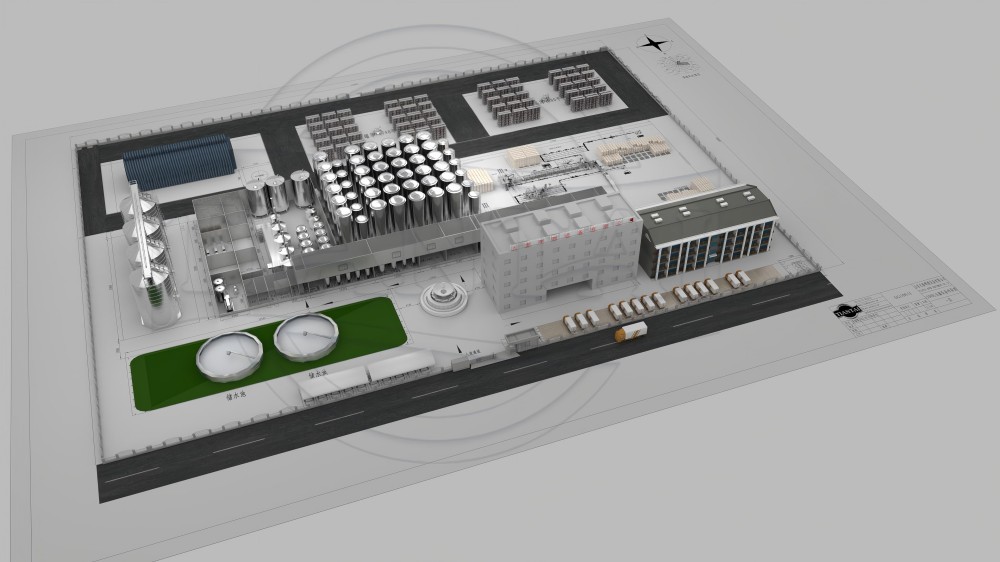
Brewing beer is all about extracting the good stuff from crushed grains by boiling them with hops, then fermenting the mixture with yeast. Dry hopping is when you add more hops to the beer after it has cooled down. This process gives the beer a fresh hop aroma and a unique flavor without making it bitter.
What Does Dry Hopping Involve?
Dry hopping is the secret to making flavorful beer. It involves adding hops to the beer after the initial fermentation process, once the beer has cooled off. Dry hopping is a method of extracting flavors and aromas from the hops without adding bitterness to the beer. Unlike adding hops during the boiling stage, dry hopping helps preserve the fruity and aromatic compounds while reducing the bitterness levels.When Is the Best Time to Dry Hop?
The ideal time to introduce hops is when the fermentation process is slowing down, typically a few days after it has started. If you're using a single fermenter, add the hops directly to it. If you're using a secondary fermenter, transfer the beer and then add the hops. Avoid adding hops too early, as they may contaminate the beer and lose their aromatic qualities due to the high production of CO2 during the initial fermentation stages.Benefits of Dry Hopping
Dry hopping allows you to experiment with various hop varieties to create a range of flavors in your beer, such as tropical, fruity, or even wine-like notes. It also enhances the intensity of the flavors, making it perfect for beers like pale ales and IPAs.Drawbacks of Dry Hopping
One downside of dry hopping is that it does not sterilize the hops like boiling does, which could introduce a risk of bacteria. However, this is usually not a major concern as the yeast in the beer typically outcompetes any bacteria present.Still have a problem on choosing the brewery equipment? We can help with your final decision. If you are looking for a turnkey solution for craft beer brewing system, please contact us. We are looking forward to working with you. Send an email now: [email protected]


.jpg)





Get A Quote